The Vikings were a group of seafaring voyagers that had their heyday between roughly 800 CE and 1050 CE. We also call the Vikings “Norsemen” in popular usage, but they were just as likely to come from the other portions of the Scandinavian peninsula, like Sweden.
Since Norse Vikings tend to get so much attention, it’s important to take a focused look elsewhere for a complete view of the culture, including the mark that Swedish Vikings made in this Age.
As with any study of a bygone era, there is only so much we can learn by studying artifacts or records. Vikings wrote on wood or stone, so their writings are limited or decayed. More artifacts are being discovered to this day, but whether or not the new finds will provide helpful information is uncertain.
That said, with evidence of individuals who have become famous Swedish Vikings still available, we can certainly piece together at least some of the story.
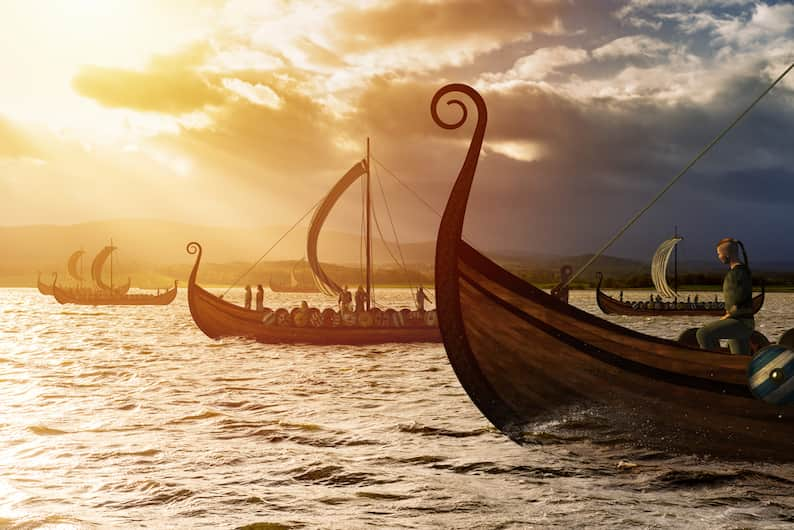
Table of Contents
What were Swedish Vikings called?
For the most part, Scandinavian raiders from Sweden as well as those from Norway, Denmark, and their colonies would have all been called “Vikings”. However, the primarily Swedish Vikings who went further east and south into the European continent were also known as the “Varangians of Kievan Rus’”.
The term “Vikings” was used both by themselves and many of those who became their raiding targets or trading partners.
However, the term “Varangians of Kievan Rus’” came from their forming a loose kingdom that stretched from the northern end of the continent to the Black Sea. They earned the name ‘Varangians’ from the Byzantines, the Eastern Roman Empire that covered the area where the modern country of Turkey lies. The name would stick when Vikings were later hired to guard the Byzantine emperor, becoming the Varangian Guard.
Related: Vikings vs Romans: Who Was Stronger?
In other texts, like the writings of the Islamic scholars from the eastern regions, the Varangians were known as the Rusiyyah or Rus’. The name is a clear allusion to the nation of Kievan Rus’ without Byzantine influence.
The Vikings did have early spats with the Islamic world in Moorish Spain, but they soon transitioned to a functional trade arrangement that left poignant insights into Viking culture within Islamic sources.
You may also be interested in: Did German Vikings Exist?
Why are Norse Vikings more famous than Swedish Vikings?
When looking into the history of the Vikings, the overwhelming majority of the stories and information comes from the voyages and conquests of the Norsemen. The Swedes had their own share of far-ranging adventures, but the culture of the Vikings and the anger towards them from conquered cultures resulted in much of their history being lost.
The Norse Vikings suffered similar losses of historical information, but they received a few blessings to preserve their history. Norsemen settled Iceland during the Viking Age, and the residents there went on to record and compose some of the most robust sagas, including some references to activities away from the island.
Their western European raiding victims kept records better than other cultures thanks to the Christian monks, and there were fewer Swedish Vikings in England and other destinations in the region.

While the Christian records of Viking raids don’t paint a favorable view of the Scandinavians, they do help independently verify some events. The mix of stories from the sagas and records would spark a renewed interest in Vikings in the 19th century, most notably symbolized by Wagner’s opera, The Ring of the Nibelung.
Conversely, the Russians were not interested in letting the connection between the country and the Vikings resurface. The Vikings were not particularly well-loved by all of the native people of the Kievan Rus’, and the Swedish settlers integrated as much as they influenced the region.
Many of the Islamic texts were not discovered and translated until much after the revival of interest in Viking culture. These all combine for a much narrower lens through which we can view the history of Swedish Vikings.
You may also be interested in: Viking Chess: The Ultimate Guide to Hnefatafl
Famous Swedish Vikings
1. Ragnar Lodbrok
As mentioned above, Ragnar is the Swedish Viking with the most name recognition, even if the details of his story are warped by time and script writers. Even if the details may not be true, both versions of his story are entertaining journeys that reflect the culture of the Viking Age.
Whether you skipped over the details or read through the section, it’s worth going through the multiple versions of his story to glean all the details.
2. Björn Ironside
Björn is the son of Ragnar in the Viking tales, but his mother changes depending on the exact source. In the show, he is Ragnar’s oldest son by Lagertha. Ragnar’s many sons are industrious Vikings, venturing out from their father’s land to raid.
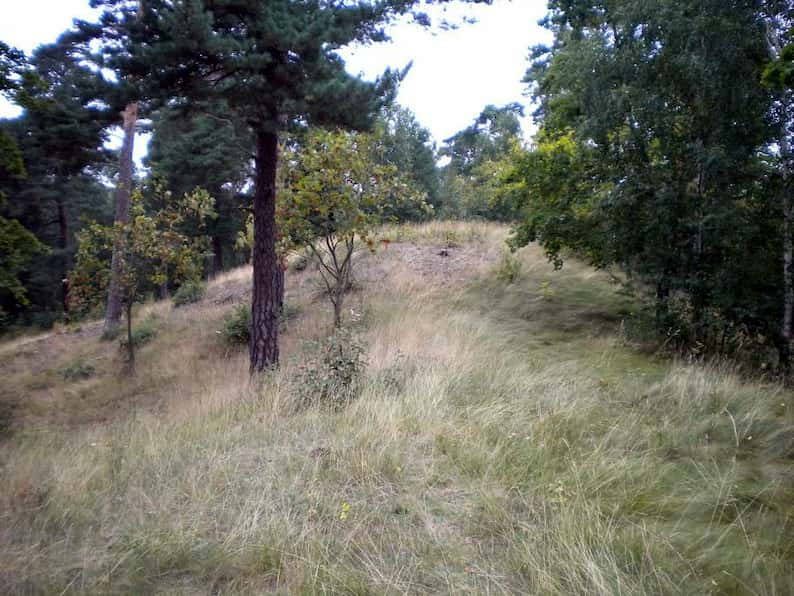
After conquering many lands, he settled down in Zealand, an island off the coast of Denmark, until his half-brothers were killed in battle. Returning to Sweden, he avenged their deaths.
When their father was captured and killed by an English king, he helped his brother, Ivar the Boneless, exact revenge again, making him one of the most famous Viking warriors in history.
3. Oleg of Novgorod
The true impact of the Swedish Vikings can be felt further south and east, in the Kievan Rus’. While not its original founder, Kiev’s importance was solidified when Oleg made it the capital of the Kievan Rus.
After claiming it, he would go on to secure allegiance and tribute from the tribes of the area and the Greeks. The trade route enabled by the existence of Kievan Rus’ was critical for much of the Vikings’ wealth. Islamic coins dating to around 840 CE were part of a gravesite uncovered in 2008.
The Russian Primary Chronicle offers a somewhat anticlimactic death for Oleg from the bite of a snake. A prophet told him that he would die because of his horse, so he had the animal taken away until it died. When it passed, he asked to see his bones. He kicked its skull, and a snake jumped out to strike him.
4. Rurik
Oleg’s consolidation of the Kievan Rus’ would not have been possible without the efforts of his kinman, Rurik. The Primary Chronicle only mentions his passing of the throne to Oleg on his deathbed, and the veracity of his existence is questionable.
Whether or not he existed, his name would be linked to Kievan Rus’ throughout its brief history. The Rurik dynasty held the throne until Russia was unified under Ivan the Terrible, several centuries after Rurik’s own death. Few dynasties can claim such an unbroken length of rule.
5. Olga of Kiev
Olga of Kiev was the wife of Igor, the son of Rurik who was entrusted to Oleg along with the nation. When Igor went to demand more tribute from a tribe called the Drevlians, he was instead captured, tortured, and killed. The son of Olga and Igor was too young to rule, so Olga took over as the regent.
In response, Olga used her power to begin a revenge campaign against those who killed her husband. She buried some alive, set others on fire, and waged war against the tribe itself. The Drevlians asked her for peace and offered tribute.
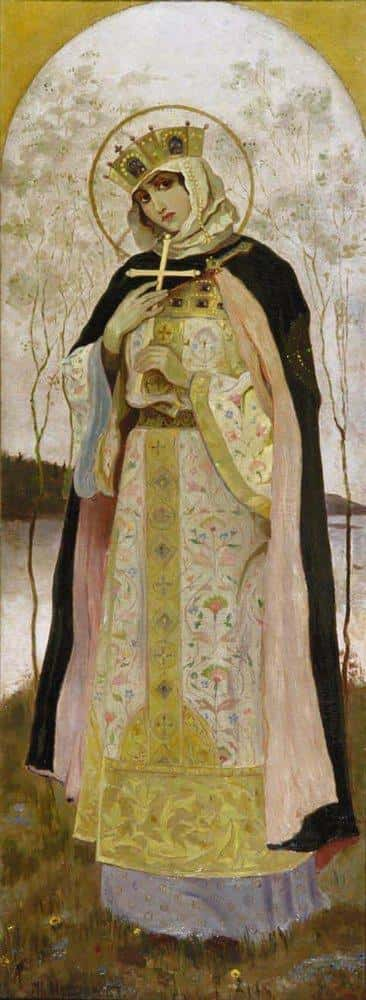
She pretended to accept a supposed tribute of several birds from each house, used them as a fire delivery system, then killed and captured those who escaped the blaze.
She’s also a Christian Saint, since she was instrumental in giving the faith a foothold within the Rus’.
6. Vladimir I
Vladimir was the grandson of Olga and eventual ruler of the Kievan Rus’. Aside from the typical conquests and expansions of Viking rulers of the era, Vladimir earned his own sainthood through a bold strategy: demanding marriage.
You can see how the long assimilation with Eastern European culture had an influence on the originally Swedish Viking names of the Varangians.
The Primary Chronicle and other sources differ on the reasoning behind the request, but Vladimir’s baptism under Christianity was part of the deal in both versions. Solidifying an alliance and quelling some of the religious unrest in the Rus’ may have been his motivation, as he was actively researching foreign religions before the conversion.
7. The Birka Shield-Maiden
Shield-maidens feature prominently throughout Viking cultural works, but the limited independent evidence for them has made some scholars chalk their existence up to myth.
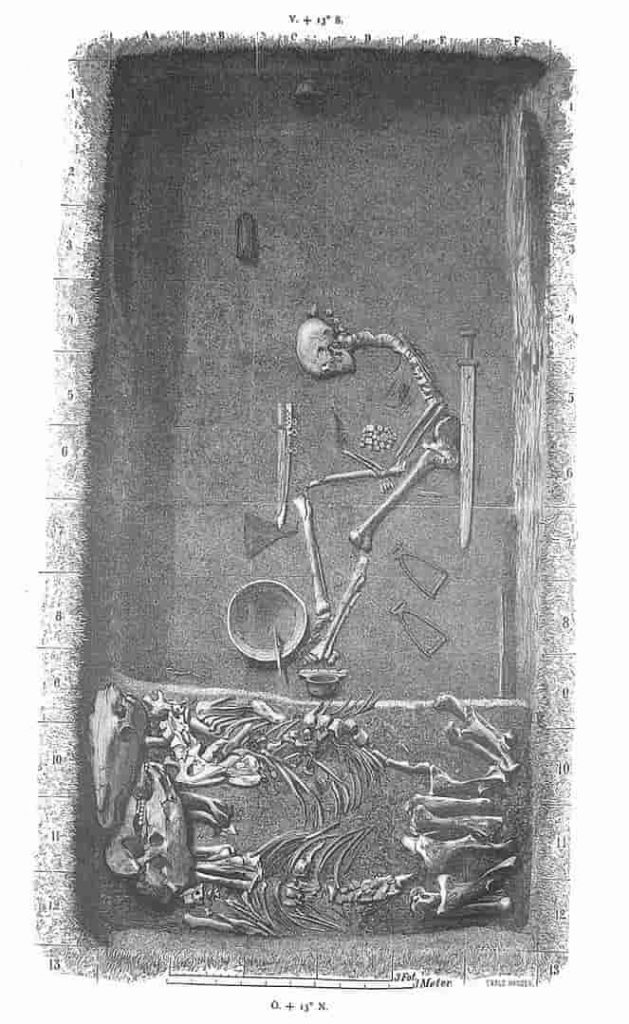
DNA analysis of a tomb found in 1878 outside Birka, Sweden found that the remains belonged to a woman. The assortment of weaponry and other items around her led the original archaeologists to determine that she was a male Viking warrior, but it was later found that this Viking woman had been incorrectly identified initially..
While there is no name to give her, she helped put the existence of shield-maidens onto the list of Swedish Viking facts.
If you want to know what Vikings looked like, a facial reconstruction has been done of a shield maiden based on her tomb. You can see the actual face in the article at that link.
8. Erik the Victorious
Erik the Victorious leads the pack of famous Swedish Viking kings as the very first official king, largely due to him having enough corroborating evidence to confirm his existence and rulership.
His reign was in the latter half of the Viking Age, beginning somewhere around the year 970 CE. He ruled until the time of his death, around 995 CE.
Aside from the fact that he exists and starts the line of kings, little is known about him. He did repel an invasion, which earned him his nickname.
9. Ingvar Vittfarne
Ingvar Vittfarne or Ingvar the Far-Traveled easily make the list of the most famous Swedish Vikings due to his wide ranging expeditions. In particular, he led an expedition to the Caspian Sea between 1036 and 1041.
Based on this, 26 runestones were raised near what is now Stockholm commemorating Swedish warriors who joined Ingvar’s expedition, including one for Haraldr, identified on the stone as Ingvar’s brother. Many of those referred to on these Norse runestones died in battle during the Ingvar expedition, which remains the Swedish event with the most runestones dedicated to it.
You can see what each of the runestones say (including English translations) here, which I really recommend you do. It’s both incredibly interesting from the perspective of learning about the lives of Swedish Vikings while also very sobering to read about people 1,000 years ago mourning their lost fathers, husbands, sons and brothers.
Who was the most famous Swedish Viking?
Of all the famous Swedish Viking warriors, Ragnar Lodbrok, also known as Ragnar Lothbrok, is the one that most people are likely to know by name largely due to being featured in the Vikings TV series. The Vikings series proved wildly successful and spawned a spinoff largely due to the driving force of Ragnar’s character.
Featuring in a popular television series will greatly improve your notoriety – even if you might not be real.
Unfortunately, the media depiction takes a figure that was already shrouded by time and further modifies the story. Whether reading the old sagas or watching the show Vikings will not reveal all the secrets of his life.
Ragnar in the Viking Sagas
Within the sagas, Ragnar was born into his position instead of taking it, though his actions proved him to be a valiant and worthy king over time. The son of Sigurd Ring has his own saga, the Tale of Ragnar Lodbrok, and one dedicated to his children, the Tale of Ragnar’s Sons.
The important Heimskringla, the saga of the Norse kings, also mentions him briefly. Both him and his sons also feature at the end of the Gesta Danorum, a Danish work in the same vein as the Icelandic Sagas.
Ragnar was declared king in the absence of his father as a young boy. He was quickly injected into politics, lambasting an assembly of Danish Vikings with wisdom beyond his years. When his grandfather was killed, he quickly avenged him. This battle is where he meets Ladgerda, the beautiful shield-maiden who serves as the inspiration for his first wife in the series.
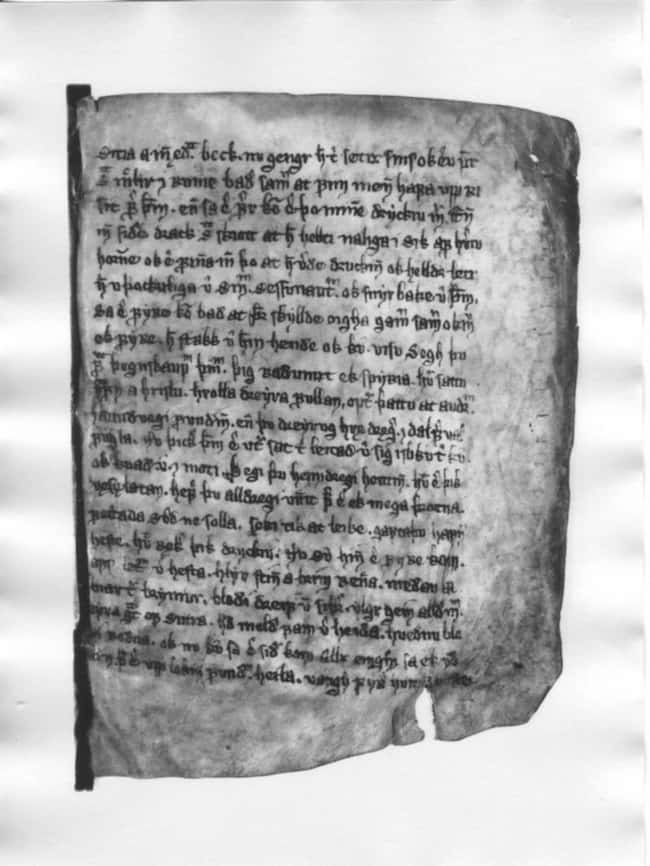
He sails across the sea to take her hand in marriage, only to find himself fighting a dog and a bear to do so. Needing to fight for love was common in his life, since he also had to fight a pair of serpents to win the hand of his next wife, Thora.
His wisdom and ingenuity won him other battles over the years. Against the Hellespontines, he drove carriages with agitated horses into their ranks to break the lines. It would take the spellcasting of the Perms to truly slow his path of Viking conquest.
In the end, Ragnar lost a battle against an English king, Ella, when trying to protect his people in Ireland. The Christian king was upset at Ragnar for reinstating the old faith. Ella had him imprisoned with vipers, where he painfully succumbed to poison.
Ragnar in the Vikings show
In the series, Ragnar is not actually a Swedish Viking. Instead, he comes from the fictional town of Kattegat in Norway. As a karl, he spent his time journeying on raids or attending to his farm at home with his wife, Lagertha. Through a mix of warrior prowess, statesmanship, and ingenuity, he maneuvers his way into becoming the jarl of the region.
His actions and interactions with other characters in the show are all loosely based on the stories from the sagas, but the disparities don’t make it any less entertaining. Instead of spoiling the entirety of the show, anyone interested in Viking history can make a fun game out of reading through the sagas and trying to spot the differences.
Ragnar and Lagertha
Ragnar’s relationship with the shield-maiden Lagertha, or Ladgerda, is an important plot point in the Vikings show. Lagertha’s presence is more limited than Ragnar’s in the sagas, making her existence more in doubt than the already dubious Ragnar.
In the sagas, Ragnar is victorious in a battle thanks to Lagertha’s ferocity. He is instantly enamored with her, and tries to take her as a wife. Lagertha sets a dog and bear outside her home to protect her, but Ragnar kills them and forces her to be his wife. As with the series, whether these were actual beasts or men is uncertain.
Later, he divorces her because she did not immediately agree, though the real reason was his attraction to a princess. Like the series, she goes on to be successful herself. She does kill her second husband in the sagas, though it’s to gain his assets rather than avenge her mistreatment.
